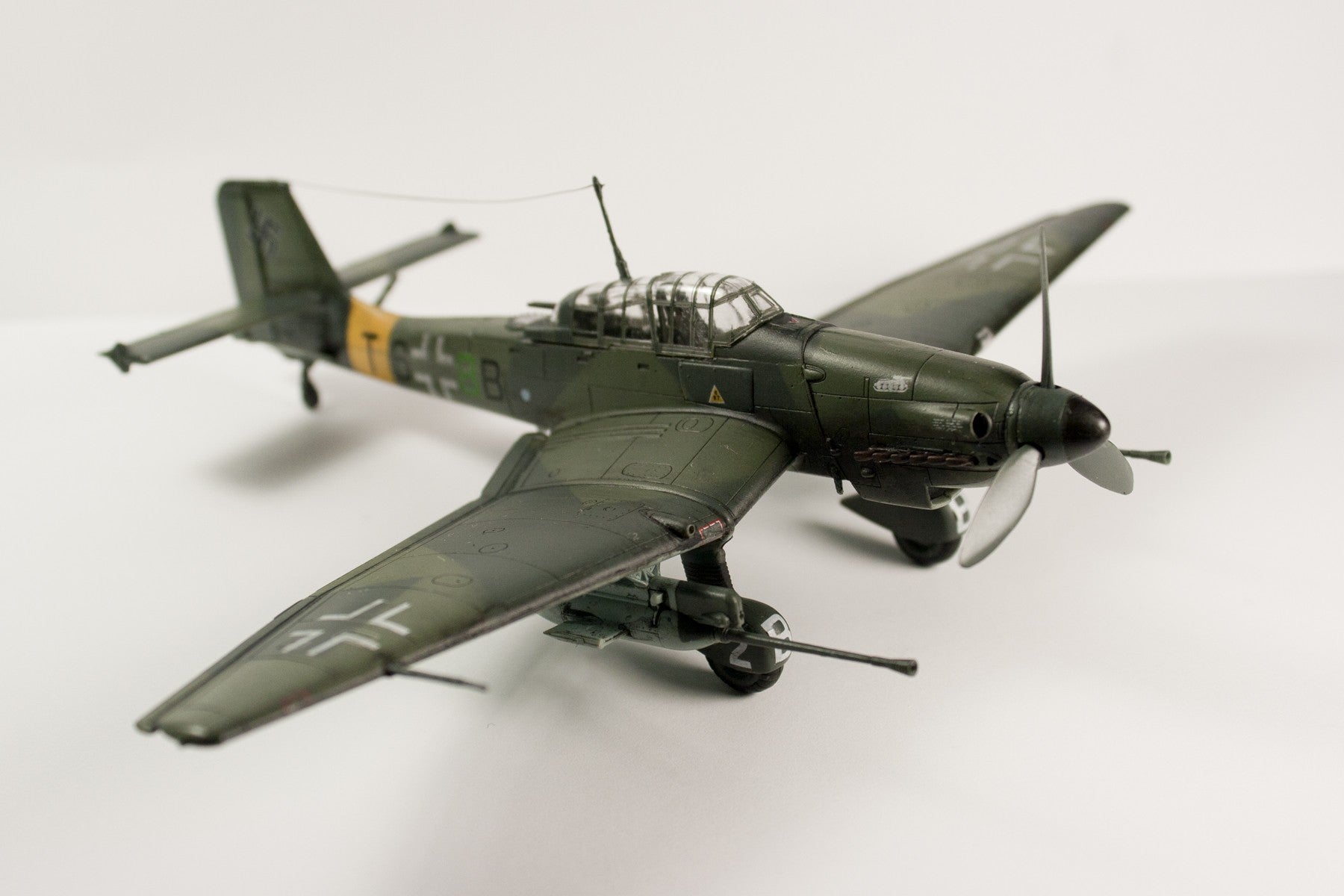
As seen in the photo above, the cannon barrels stuck out almost as far as the Stuka’s propeller.įiring armor-piercing tungsten-carbide ammunition, these guns could penetrate a tank’s thin overhead and engine compartment armor. The Ju-87G was armed with a converted 37-millimeter anti-aircraft cannon in a pod under each wing. “I felt that the combat specifics, such as tactics, targets, aerial cannon effectiveness, austere field operations, surge sortie rates, air-ground communications and coordination, of the World War II close support experience were so relevant to designing a first-rate CAS plane that I required every member of the A-X concept design team to read Hans-Ulrich Rudel’s Stuka Pilot.” “The World War II close air support successes of both the Stuka and the Sturmovik had a major-and inspiring-influence in convincing all of us early A-X/A-10 proponents that close support was by far the most important mission of air power, certainly more so than strategic bombing,” A-10 designer Pierre Sprey tells War is Boring. It is the Sturmovik, along with the German Ju-87 Stuka dive bomber, that fathered the A-10. “They are as essential to the Red Army as bread and water,” he said.


The Soviet dictator loved the A-10 of his day, otherwise known as the Ilyushin Il-2 Sturmovik.

If they were, Josef Stalin might have had them shot. It’s a good thing that the Air Force generals who want to retire the beloved A-10 Warthog were not around 70 years ago.


 0 kommentar(er)
0 kommentar(er)
